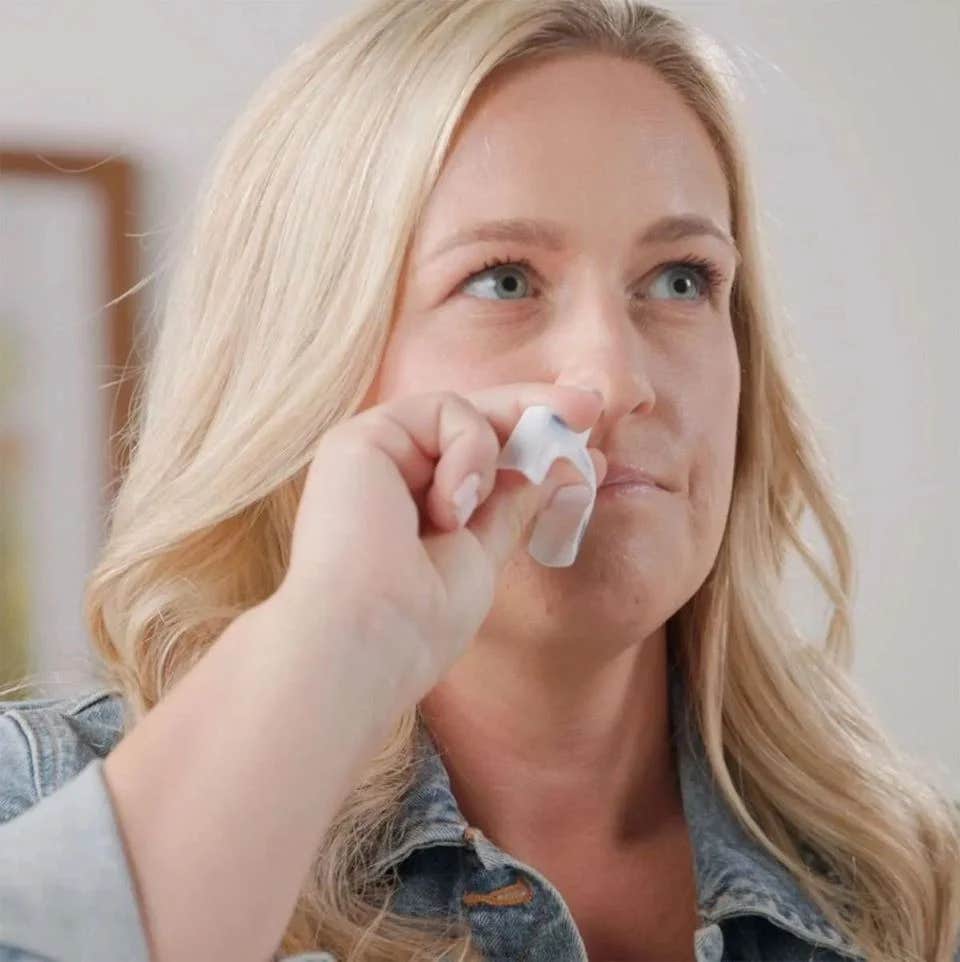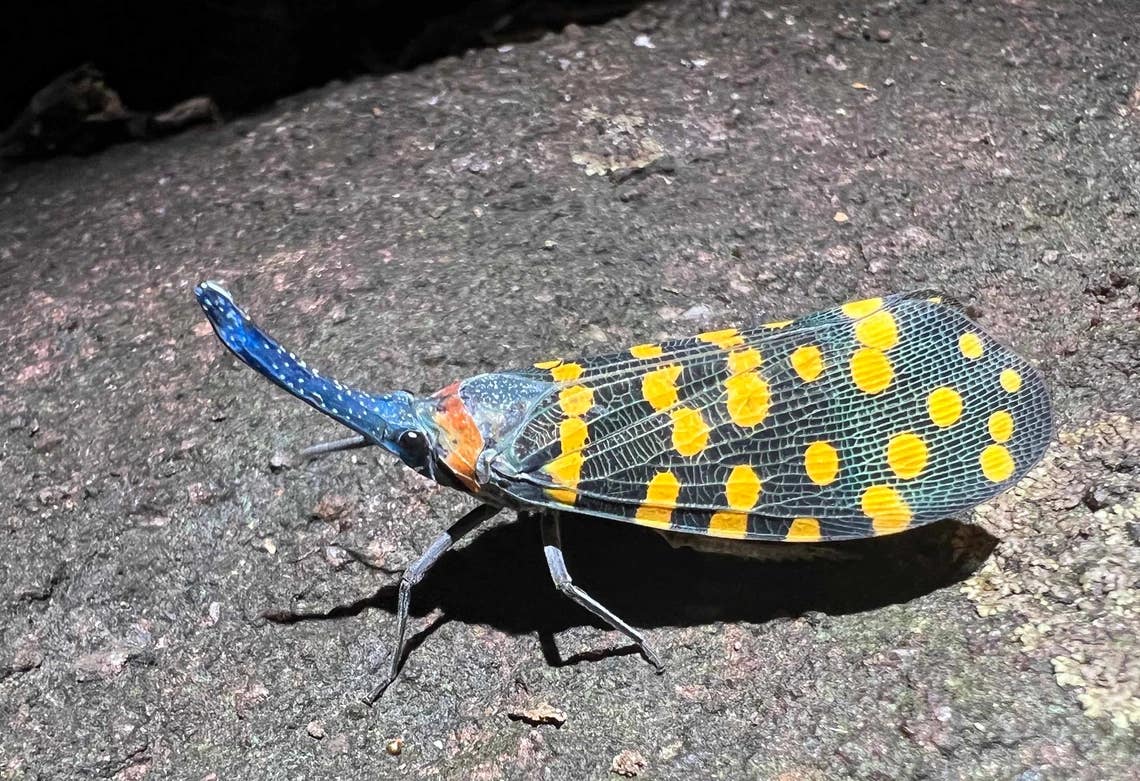Nasal spray alternative to the EpiPen is a life changer for people with allergies
The smaller size, ease of use, and lower cost of neffy make it a promising option for those wary of carrying an injectable device.

For millions of Americans with allergies, managing the risk of a severe allergic reaction has typically meant relying on an autoinjector like the EpiPen. This method, while effective, comes with challenges, including cost, fear of needles, and the physical size of the device.
However, a new option has emerged: a nasal spray called neffy, recently approved by the U.S. Food and Drug Administration. This spray delivers epinephrine— the life-saving medication used to halt allergic reactions—directly into the nose, offering an alternative to the traditional injection method.
Northeastern University experts highlight the significance of this development, particularly in addressing some of the concerns associated with the EpiPen. Neil Maniar, director of the Master of Public Health program and professor of the practice, emphasizes the importance of having this alternative.
He notes that “there’s a significant percentage of the population that has some form of allergy,” and until now, the EpiPen was the only quick-delivery method for epinephrine. Over recent years, however, the cost of EpiPens has surged, and the injection method itself can be a source of anxiety for many.
“Some people have very strong feelings and fears around that,” Maniar explains. With the introduction of neffy, people now have a “game changer” that could be more accessible and easier to use.
The skyrocketing cost of EpiPens has been a significant issue since around 2016, when Mylan acquired the product. Gary Young, professor of public health and director of the Northeastern University Center for Health Policy and Healthcare Research, explains that the price for a two-injector pack rose from around $100 to $600 after the acquisition. Although Mylan later authorized a generic version at about half the cost, the price remained a barrier for many people.
“There didn’t seem to be any justification other than the fact Mylan had acquired the product and felt that they could price it at that level and generate the margins that they wanted to generate,” Young says.
Related Stories
The steep price hike was met with widespread criticism. In contrast, neffy is expected to cost $199 for two doses for those without insurance, and only $25 for patients with commercial insurance. Young believes this competitive pricing will likely pressure Mylan to reconsider its pricing strategy.
Young also predicts that the nasal spray will be favored by many, as it avoids the use of a needle. “It’s probably going to have a very big impact, because I think people are going to prefer the spray to the needle,” he suggests. Moreover, this preference might lead to a significant impact on EpiPen pricing. “Over time, this is going to represent a very important competitive threat to the pen, and I expect to see the pricing going down.”
Despite the availability of injectable epinephrine, it’s not always used during emergencies. According to ARS Pharma, the company behind neffy, more than half of individuals with an injection pen did not use it when needed.
Mansoor Amiji, a university distinguished professor of pharmaceutical sciences and chemical engineering, supports the effectiveness of the nasal spray, noting that it’s been found to be as effective as the injectable version but without the need for a needle. This alternative not only addresses needle-related fears but also makes administration simpler and reduces the risk of infection.
In situations involving an anaphylactic reaction, immediate administration of epinephrine is critical, but time constraints might not allow for proper cleaning of the injection site, leading to potential contamination. “The risk is relatively minor compared to the benefit,” Amiji acknowledges, but adds that for individuals, especially children, who are afraid of needles, this spray offers a much safer and more patient-compliant method of administration.
Another advantage of the nasal spray is its size. Traditional injectors are about six inches long, which can make them cumbersome to carry. Amiji recalls a friend referring to the EpiPen as a “baton,” and contrasts this with neffy, which is compact enough to fit in a purse or pocket, making it far more convenient.
The drawbacks associated with EpiPens have led many people with allergies to forgo carrying them. Maniar points out that, according to ARS Pharma, only 3.2 million of the 40 million Americans at risk for severe allergic reactions have a prescription for an epinephrine injection pen. Additionally, a recent study found that only about half of adults with food allergies had access to epinephrine.
Given these statistics, the introduction of a nasal spray alternative could have a profound impact on public health. The smaller size, ease of use, and lower cost of neffy make it a promising option for those who have been hesitant to use or carry an injectable device. As this new product becomes more widely available, it may help close the gap in emergency allergy preparedness, offering a more accessible and less intimidating option for those at risk.
Note: Materials provided above by The Brighter Side of News. Content may be edited for style and length.
Like these kind of feel good stories? Get The Brighter Side of News' newsletter.



